The Asian Elephant, also known as the Asiatic Elephant, is one of the three living species of elephants. This species lives in various parts of southern Asia. Researchers recognize three different subspecies, the Indian Elephant, the Sumatran Elephant, and the Sri Lankan Elephant. Read on to learn about the Asian Elephant.
Description of the Asian Elephant
This elephant species has an incredibly large body, thick legs, and along trunk. Unlike African elephants, their ears are relatively short. Their skin is grey and amazingly thick. Male elephants also have tusks, while females usually do not.
Male elephants stand about 9 ft. tall, while females stand about 8 ft. tall. From their heads to their tails, these massive mammals measure between 18 and 21 ft. long. Most weigh about 6,000 lbs., but the heaviest recorded individual weighed over 15,000 lbs!
Interesting Facts About the Asian Elephant
These elephants have a number of different traits and adaptations that make them unique. Learn more fun facts about them below.
- Top-Notch Trunk – An elephant’s trunk is an incredible appendage. Biologically, it is a combination of the animal’s nose and upper lip. It contains 60,000 muscles!
- Water Hose – Elephants use their trunks to suck up water, but they don’t drink through it like a straw. Instead, they fill it with waiter, then twist it under them to spray the water in their mouths. They can hold up to two gallons in their trunk at one time!
- Tusk Tools – Those tusks aren’t just for show! Males use their tusks to fend off attackers, dig in the ground, and even knock down trees.
- Female Tusks – Though most females do not have tusks, a small percentage do. In those females with tusks, they are known as “tushes”! Most tushes are incredibly short, and sometimes only visible when the female opens her mouth.
Habitat of the Asian Elephant
These massive creatures utilize a number of different habitat types. They live in savannas, grasslands, rainforests, scrub forests, deciduous forests, and more. Their range extends from sea level all the way to 1,000 ft. high elevations.
Distribution of the Asian Elephant
Before humans decimated their populations, these creatures used to live throughout vast areas in southern Asia. They once lived from the Middle East along the coast of the Indian Ocean, throughout India, and virtually all of southeast Asia.
Nowadays, small pockets of populations live in India, Sri Lanka, Nepal, Myanmar, Thailand, Vietnam, Cambodia, Malaysia, and parts of the surrounding areas.
Diet of the Asian Elephant
Elephants are herbivores, which means they eat plants. They eat a wide variety of different plants and plant parts. Their diet depends heavily on where they live, what is available, and what season it is. Some common foods include grasses, palms, legumes, flowers, fruits, roots, bamboo, and more. Some feed on farmers crops, like sugarcane.
Asian Elephant and Human Interaction
Humans use these large mammals to help move and fell trees. They have also used them to transport armies in the past. Nowadays, ecotourism is also a large industry in southern Asia.
Sadly, humans also kill these creatures for their hide and tusks. Some also kill them in retaliation for damaging crops. However, their greatest threat is the destruction of their forest habitats. Because of this, the IUCN lists this species as Endangered.
Domestication
Humans have been taming this species for hundreds of years. However, humans have not selectively bred these creatures for a long enough period of time for researchers to consider them domesticated.
Does the Asian Elephant Make a Good Pet
No, these animals do not make good pets. They are incredibly large, and they eat a lot of food! It would be nearly impossible to keep one as a pet.
Asian Elephant Care
Zoos house herds of elephants together in large enclosures. Most facilities have multiple outdoor areas, or yards, with various trees and water sources to swim in. They also provide indoor areas to protect the animals from the weather.
Zookeepers train elephants using positive reinforcement. They teach the animals to help participate in their own care. For example, they might teach the elephant to hold still while they file its nails, or check its teeth.
Behavior of the Asian Elephant
This species is most active during dawn and dusk, which makes them “crepuscular.” They are quite social, and live in groups known as herds.
Herds contain several females and their offspring, and males leave the group when they reach sexual maturity. Groups of males form bachelor herds together. Some adult males live solitary lives, and only interact with others while breeding.
Reproduction of the Asian Elephant
When the breeding season approaches, males go into musth. This is when their testosterone levels increase, and they begin fighting with other males. A female breeds once every 4 years, when she chooses the strongest male to breed with. The males fight with one another to attract the attention of the females, and she chooses the winner.
The gestation period lasts about 21 months, and females give birth to a single calf. The calf nurses from its mother until it is several years old. At 5 yrs. the calf is fully independent, but females remain with their herd for life while males disperse.

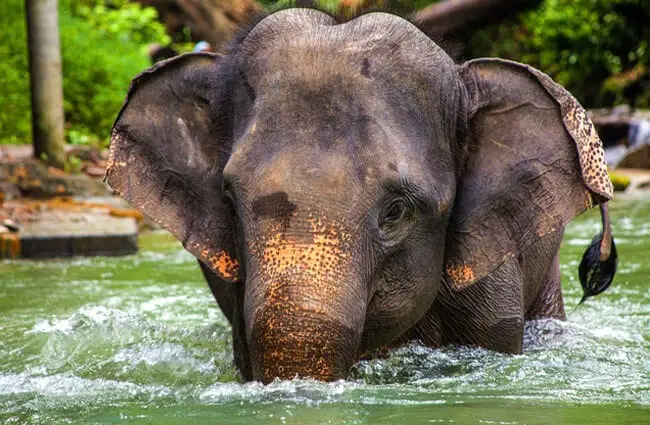
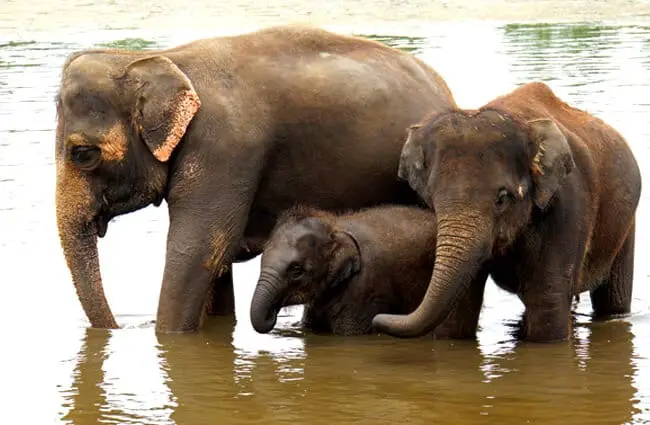
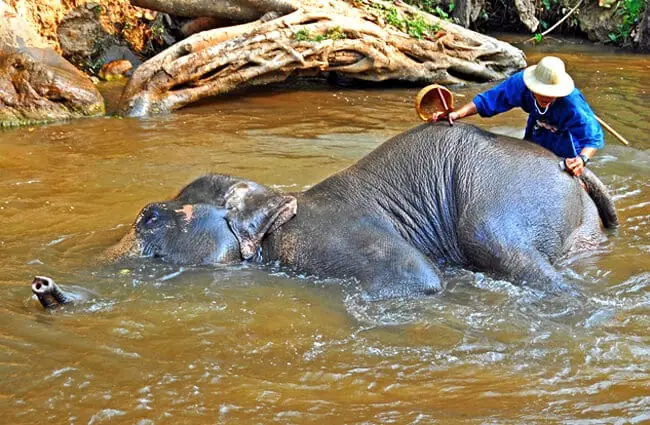
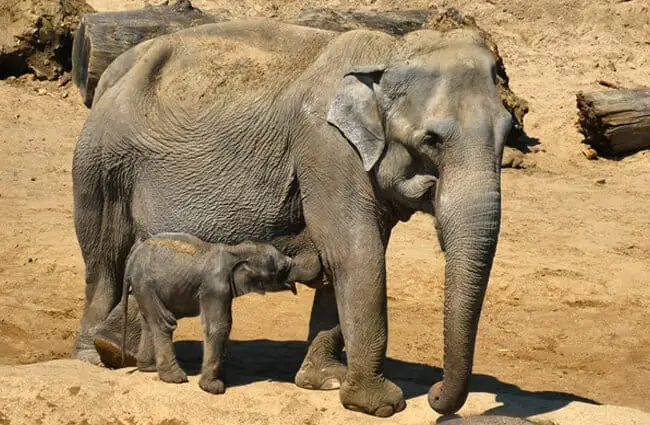
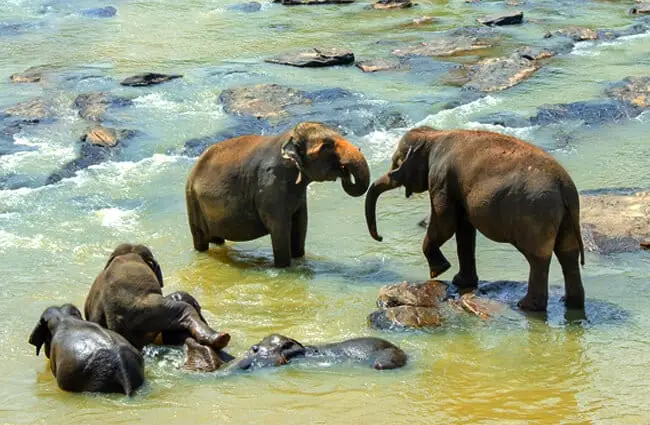
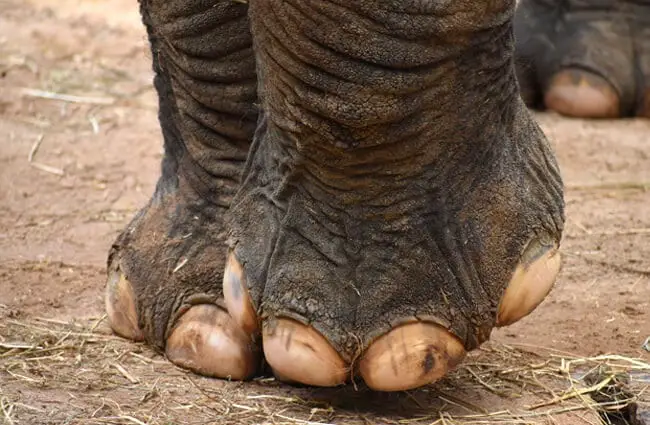
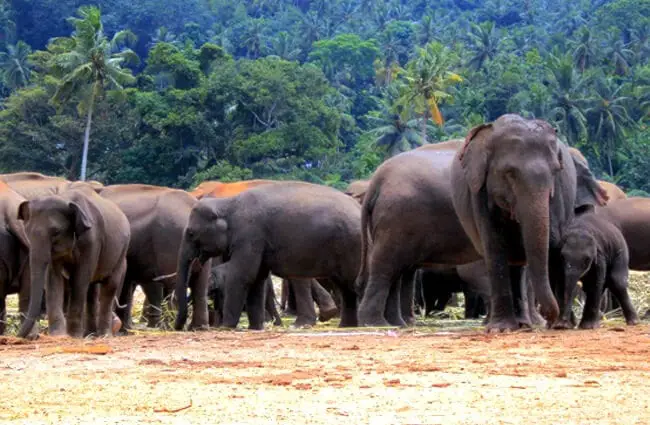
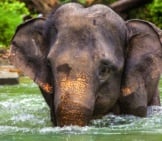

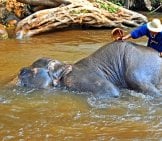
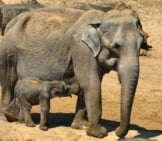

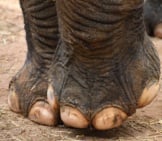

![Red Angus Closeup of a beautiful Red Angus cowPhoto by: U.S. Department of Agriculture [pubic domain]https://creativecommons.org/licenses/by/2.0/](https://animals.net/wp-content/uploads/2020/03/Red-Angus-4-238x178.jpg)












![Red Angus Closeup of a beautiful Red Angus cowPhoto by: U.S. Department of Agriculture [pubic domain]https://creativecommons.org/licenses/by/2.0/](https://animals.net/wp-content/uploads/2020/03/Red-Angus-4-100x75.jpg)

